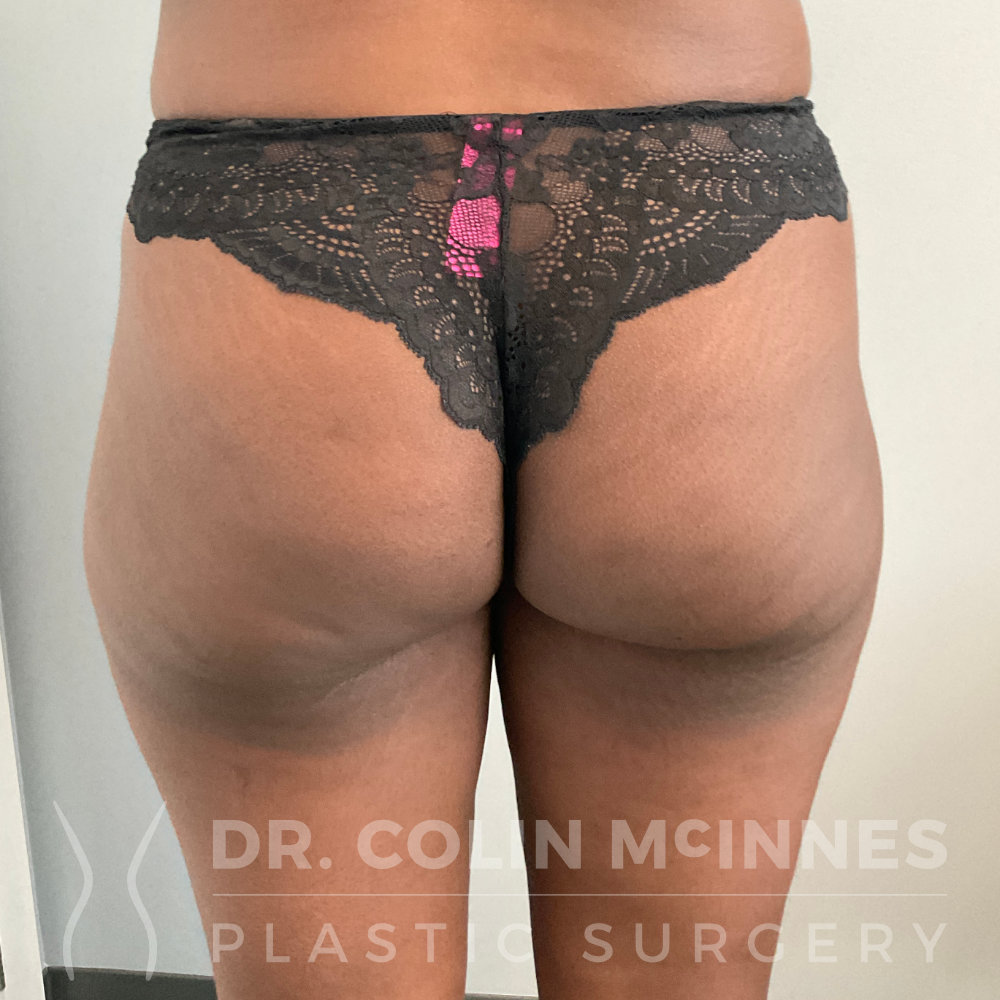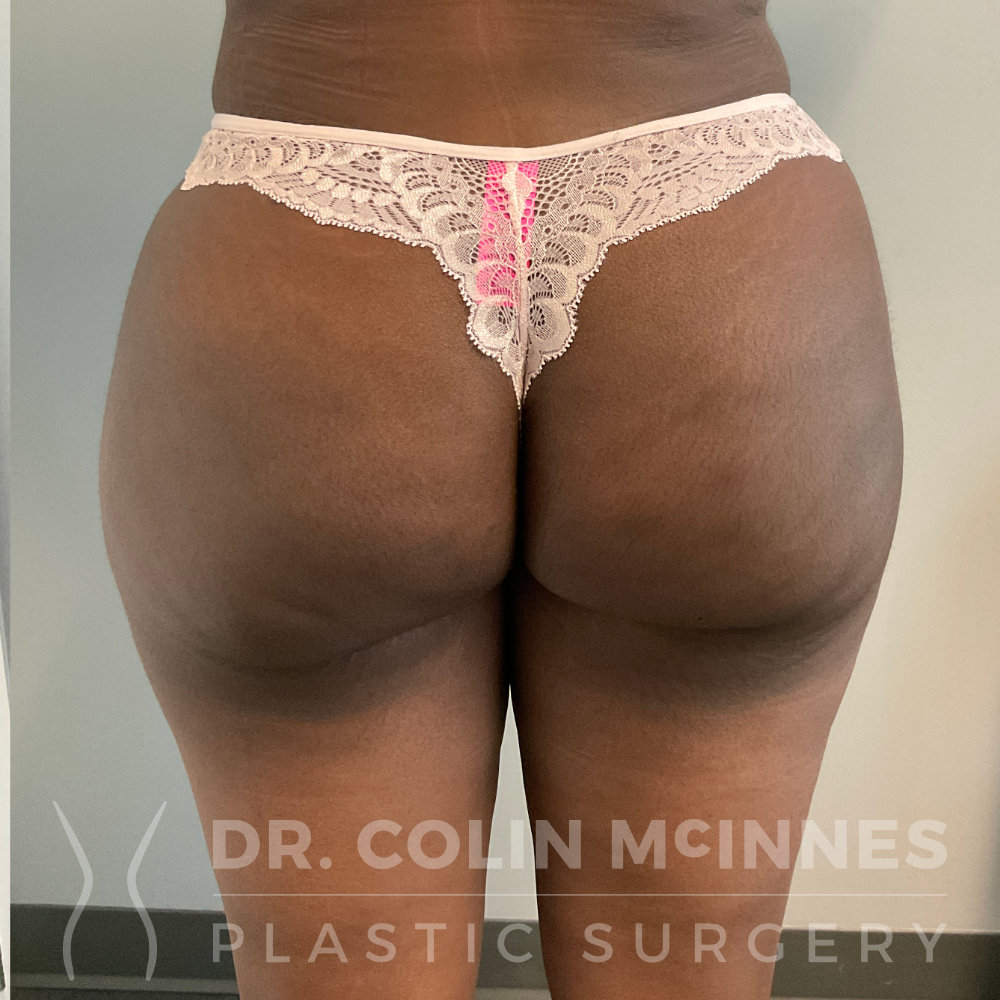Liposuction
What is Liposuction?
Dr. McInnes will perform liposuction to the following areas:
- Liposuction 360: full abdomen, waist, mid and lower back
- Chin and jawline
- Lateral chest wall during breast reduction surgery
Note, the harvest fat is commonly discarded, but it can also be used to augment the size of the breasts (fat grafting breast augmentation) or buttock (BBL surgery). Liposuction can be performed alone or along with other plastic surgery procedures such as breast lift, breast reduction, tummy tuck, facelift, etc.
What about non-invasive options?
Non-invasive treatments (Coolsculpting, Sculpsure) of fatty excess can be used for very mild cases, but won’t achieve the desired results for more moderate fatty deposition. Coolsculpting is often overpromoted in cosmetic med-spas by non-plastic surgeons who don’t have the ability to offer any surgical treatments. Several surgeons have abandoned these less invasive options as patients were often spending a considerable amount of money only to be left disappointed with modest results. Similarly, for very large amounts of excess fat, particularly if there is excess skin, liposuction alone may not achieve desired results. By offering multiple treatment options, Dr. McInnes can advise you on the treatment that will give you the results you desire with the least amount of downtime.
Ideal candidates for liposuction are:
- Adults within 30% of their ideal weight who have firm, elastic skin and good muscle tone
- Adults with a relatively stable weight (including those after weight loss)
- Individuals without complex medical conditions that would increase the risks of surgery
- Non-smokers
*Patients with higher body mass index will often still benefit from consultation. Dr. McInnes can help advise if more aggressive options (eg. tummy tuck) can achieve their desired results, or provide a weight loss target (which can be motivating!). He can also provide you with a custom “diet for life” handout with techniques on healthy eating that can be sustained.
What is SAFELipo™?
SAFELipo™ stands for Separation, Aspiration, and Fat Equilization. The aim of this technique is to perform liposuction in a way that minimizes the risk of any contour deformities afterwards. As per the acronym, a special type of liposuction cannula with a larger “basket” is first introduced into the fat to loosen the fat and prepare it to be aspirated. After the fat is liposuctioned from the body, a basket cannula is re-entered into the body to smooth and refine the contours, minimizing chances of contour abnormalities. These added steps take longer than conventional liposuction, therefore there is some added cost.
Consultation & Preparing for surgery
During your consultation be prepared to discuss:
- Your individualized surgical goals
- Your medical history including any history of weight loss
- Previous surgeries
- Current medications, vitamins, herbal supplements, and alcohol/tobacco usage
Dr. McInnes will also:
- Evaluate your general health status
- Discuss treatment options and make suggestions that best fit your individual goals
- Take photographs
- Discuss the expected outcome of your individual surgery
- Discuss potential risks of surgery
Prior to surgery you may be asked to:
- Obtain lab testing or a medical evaluation
- Take certain medications or adjust your current medications
- Stop smoking
- Stop or avoid certain medications such as blood thinners and herbal supplements
The Procedure:
Step 1: anesthesia
Medications are administered for your comfort during the procedure. Most often general anesthesia is used but on occasion intravenous sedation will be sufficient.
Step 2: the incision
Liposuction is performed through small, inconspicuous incisions. First, diluted local anesthesic is infused to reduce bleeding and trauma. A thin hollow tube (aka cannula), is then inserted through the incisions to loosen excess fat using a controlled back and forth motion. The dislodged fat is then suction out of the body using a surgical vacuum or syringe attached to the cannula.
Step 3: recovery
Once your surgery is completed, a compression garment or elastic bandage may cover treatment areas. These help control swelling and compress the skin to your new body contours. You will be given specific instructions on how to care for the surgical site and drains, medications to apply or take orally to aid healing, specific concerns to look for, and when to follow up with Dr. McInnes
Results
Your improved body contour will be apparent once the swelling and fluid retention commonly experienced following liposuction subside. With the continued practice of healthy eating and fitness, the loss of excess fatty tissue should be maintained. Substantial weight gain can alter the results. In some situations, it may not be possible to achieve optimal results with a single surgical procedure and a second session may be necessary.
Costs
Prices for liposuction vary based on your individual surgical requirements and will be provided after your assessment. This cost will factor in the expected duration of treatment, and if you've bundled your liposuction with any additional procedures.
Your quoted cost will include the following:
- surgical facility fee and nursing staff fees
- the anesthesiologist fee
- all surgical supplies costs
- surgeon fee
Financing plans are available and are becoming an increasingly popular option.
Risks and Safety
There are risks associated with your surgery. Please download the consent form designed by the American Society of Plastic Surgeons (ASPS) for a detailed list and description of the risks involved (found here). Risks of surgery will be discussed prior to your consent. It is important to address all your questions directly with Dr. McInnes.
Before & After Photos
Breast Augmentation with New Implants
Mastopexy, Nipple Reduction, Areola Reduction, Drainless Tummy Tuck with Lipo + Lower Back Liposuction
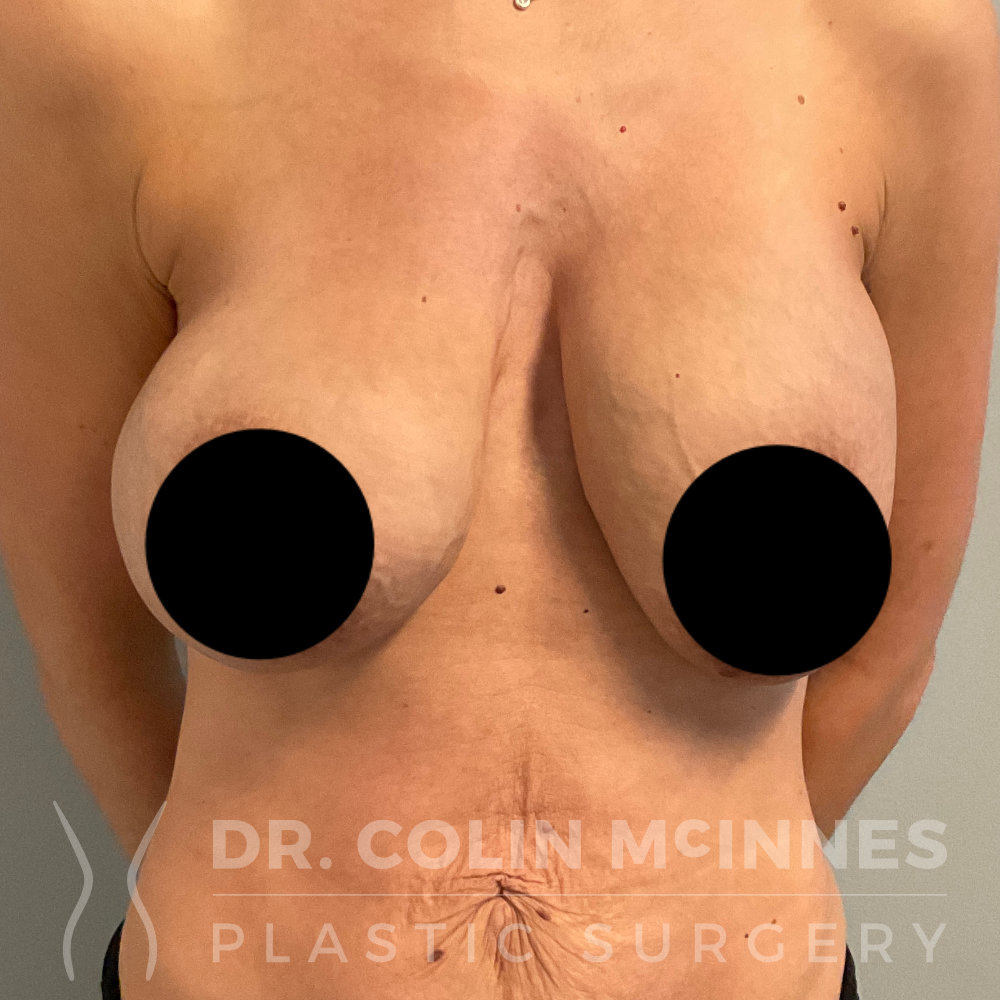

Drainless Abdominoplasty with Liposuction
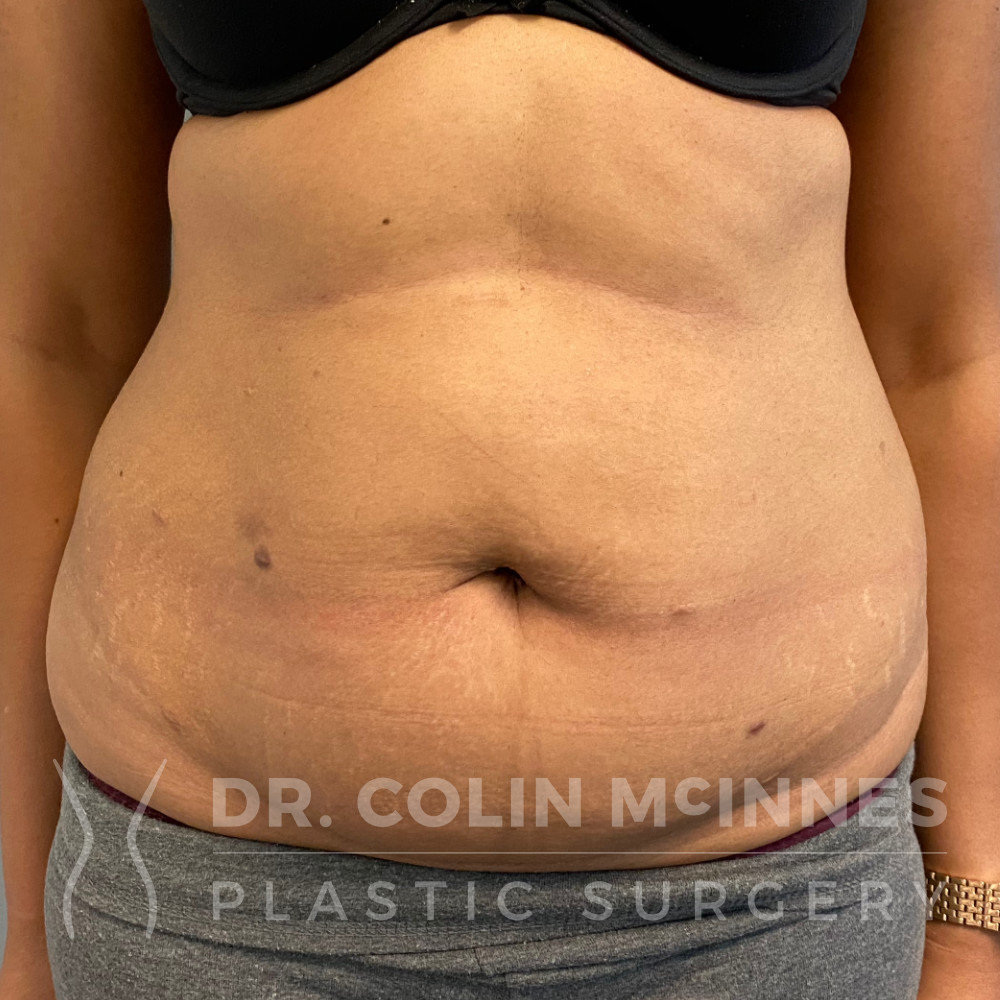
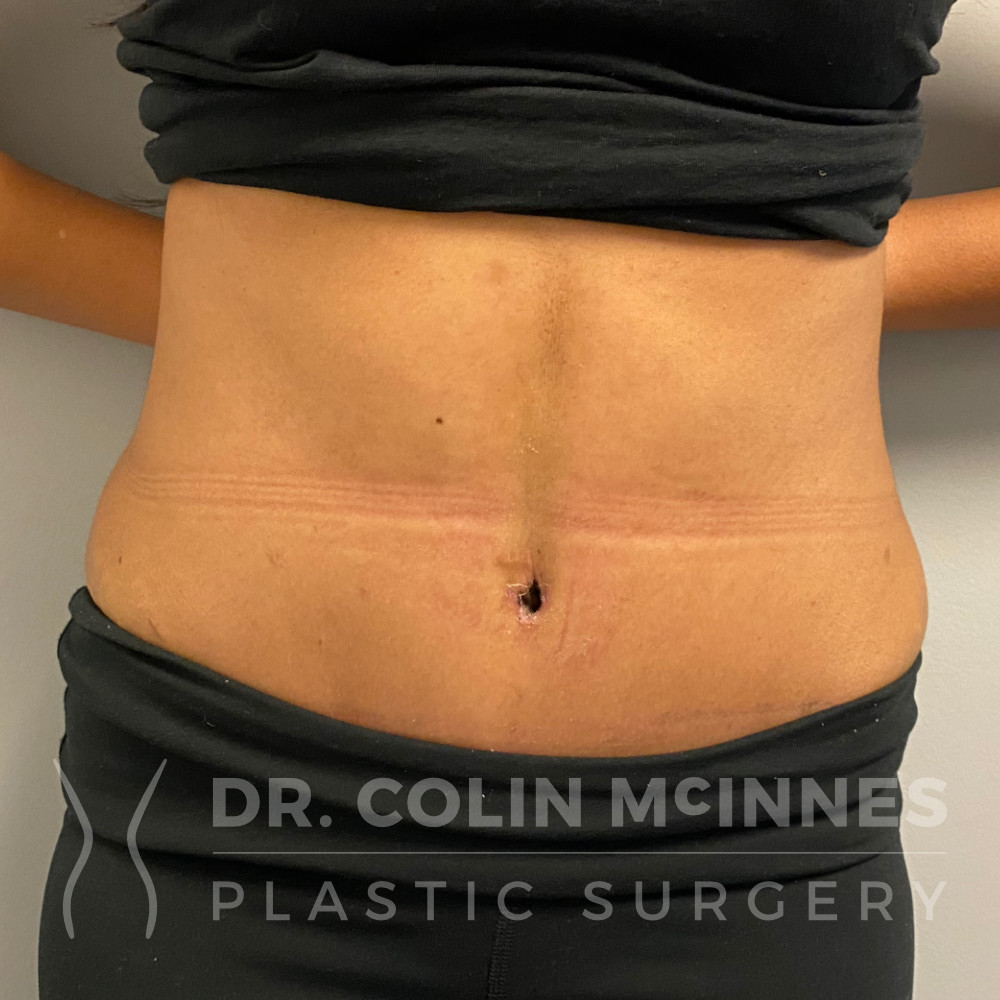
Drainless Abdominoplasty with Liposuction
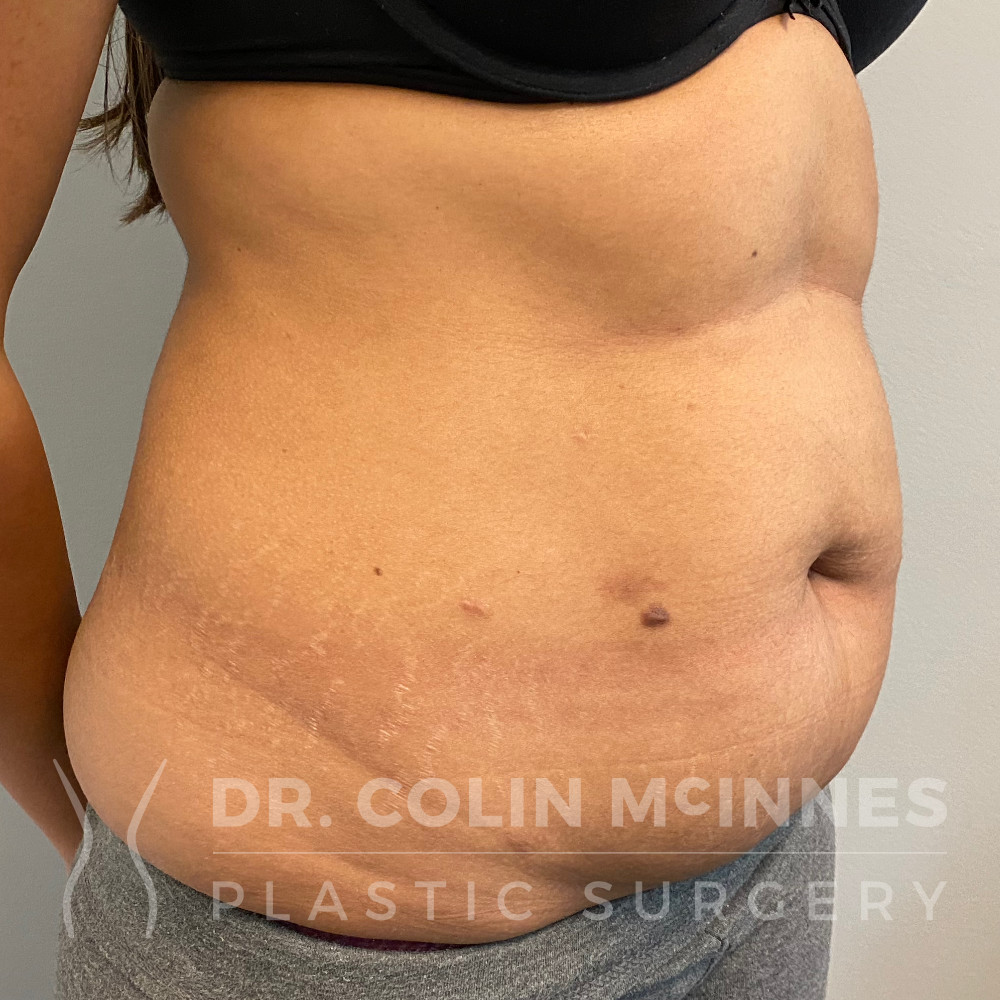
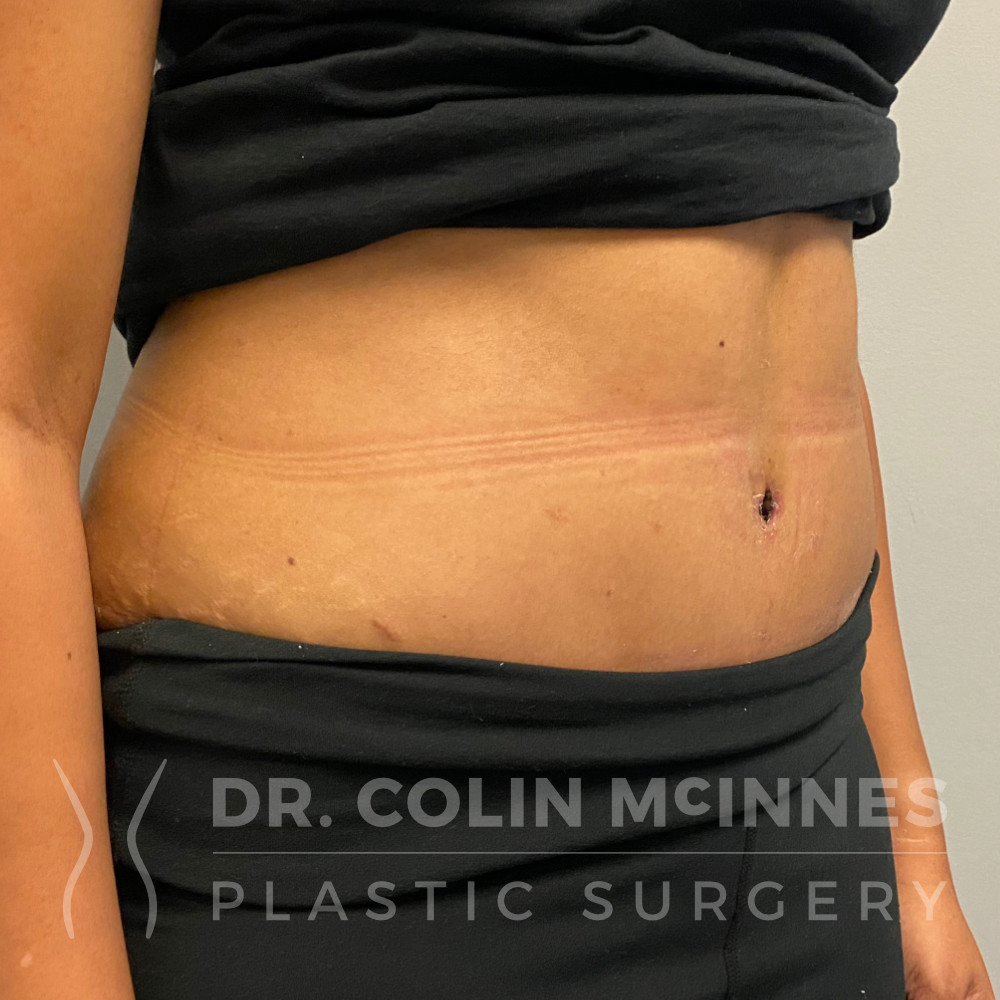
Male Weight Loss Contouring: Pedicled Chest Lift and Abdominoplasty + Lipo
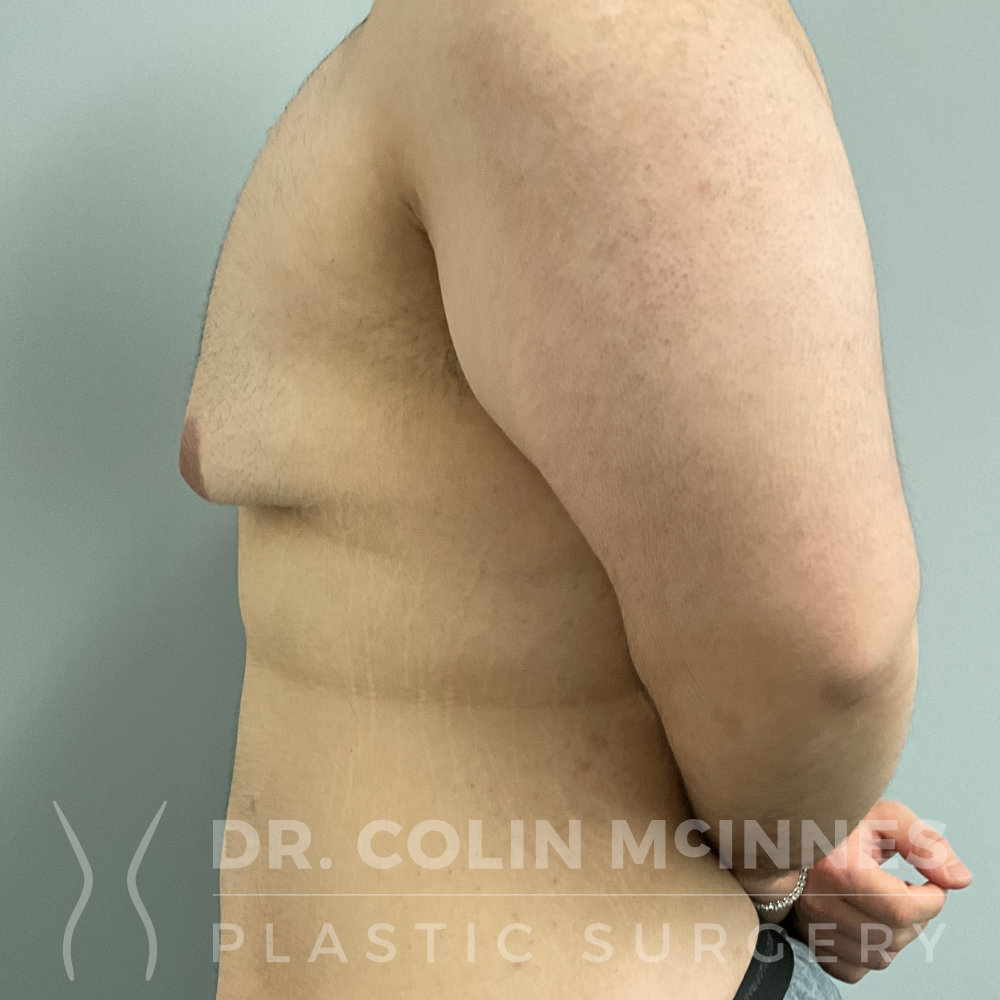
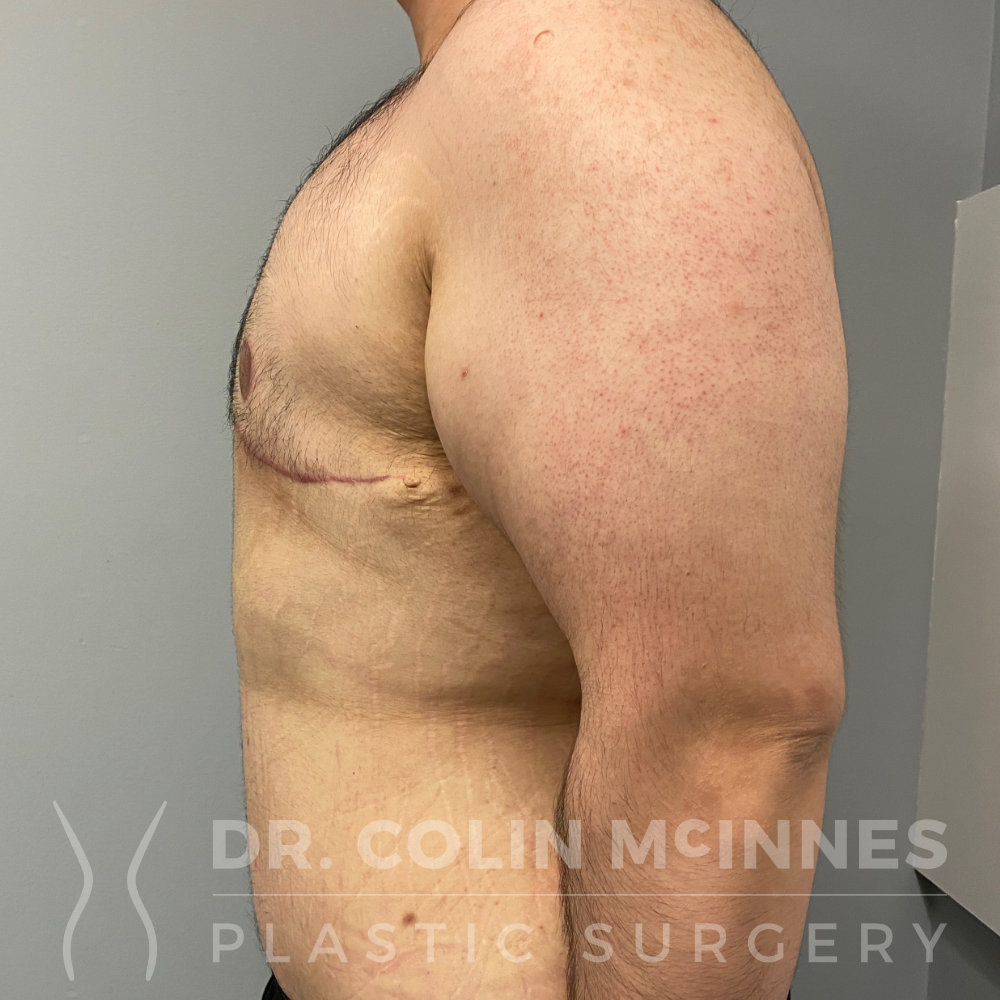
Male Weight Loss Contouring: Pedicled Chest Lift and Abdominoplasty + Lipo
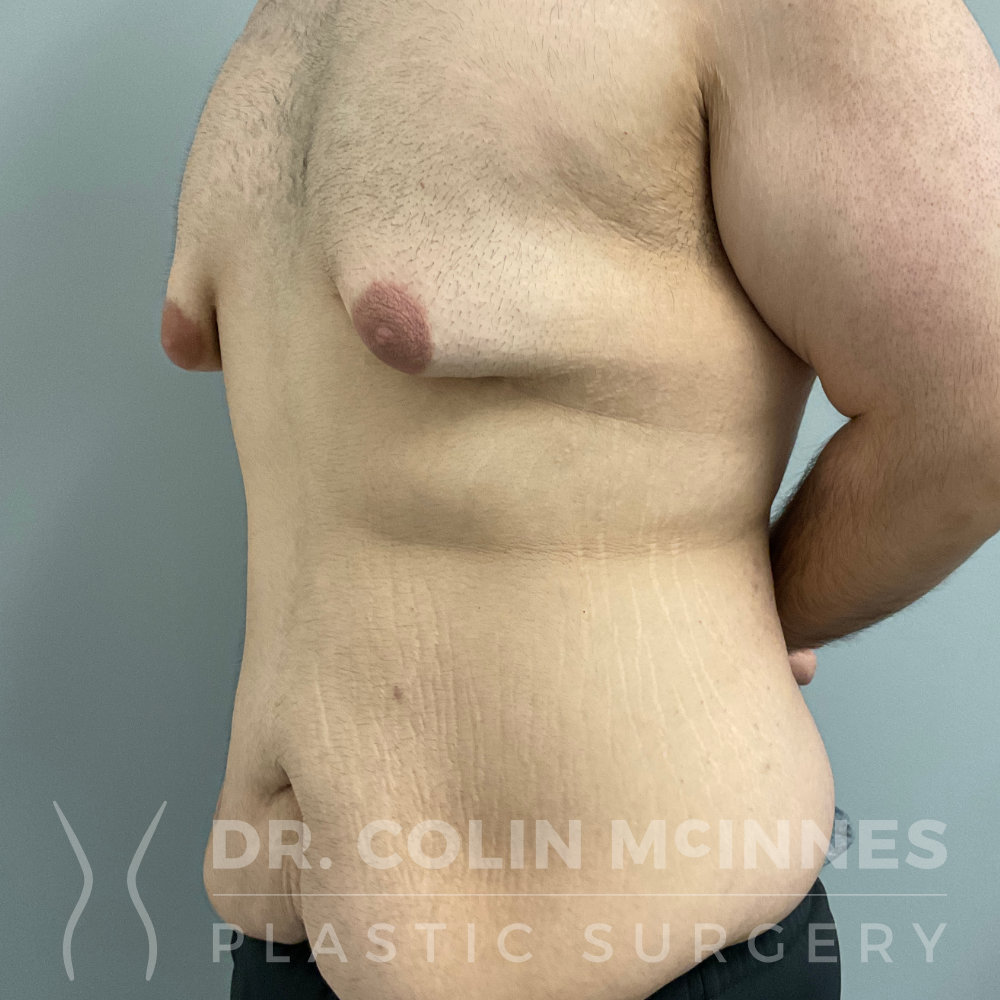
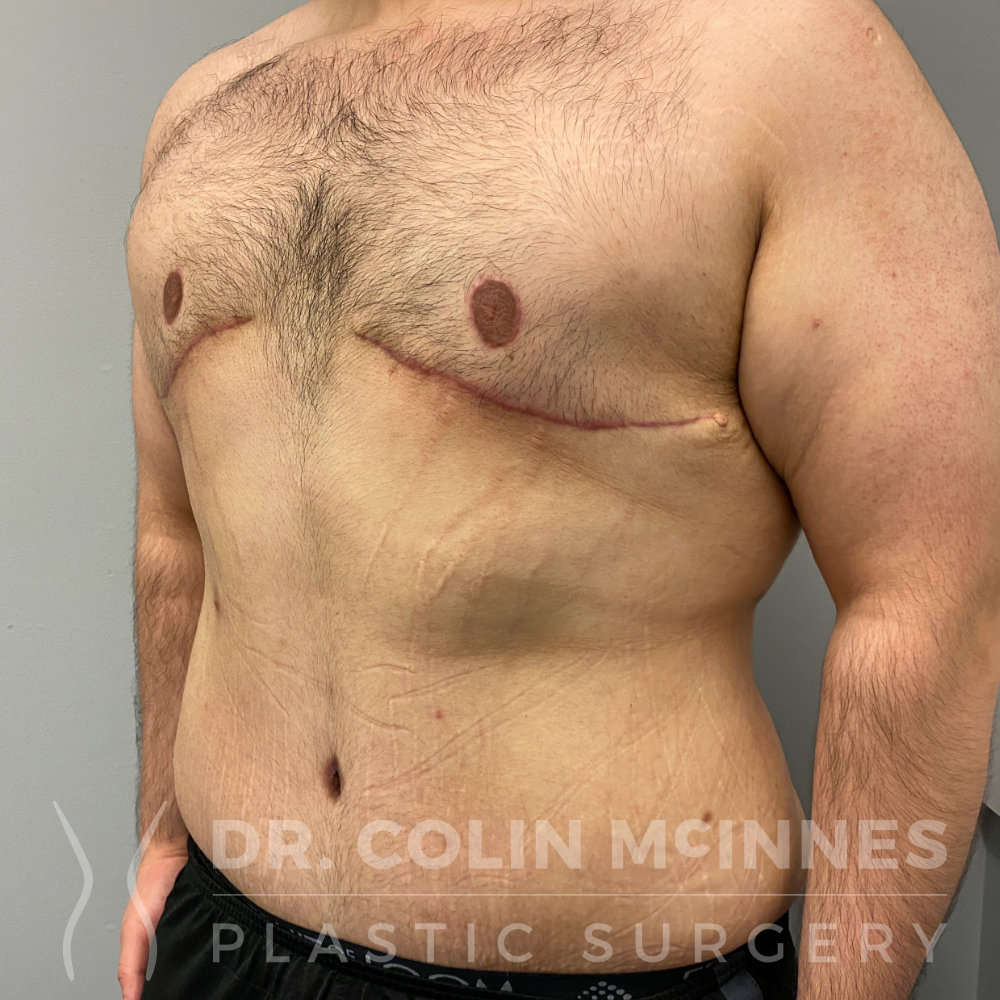
Male Weight Loss Contouring: Pedicled Chest Lift and Abdominoplasty + Lipo
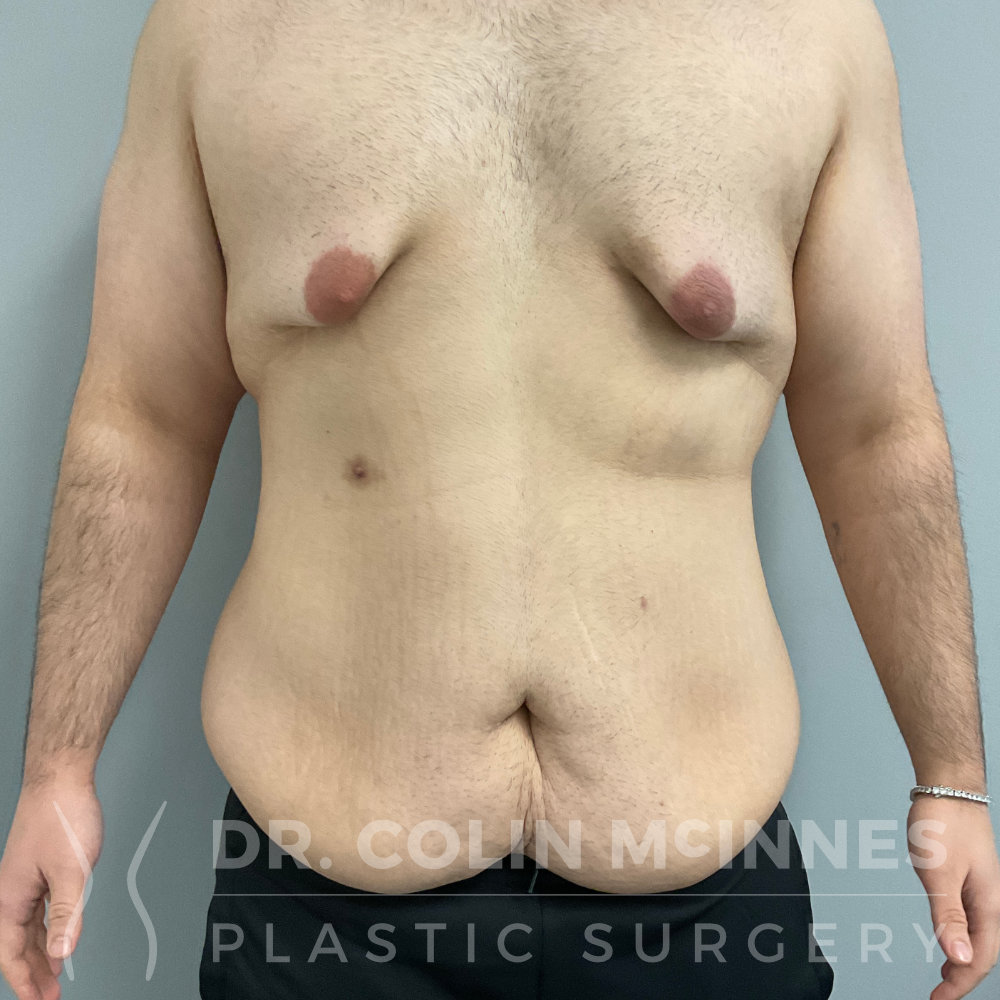
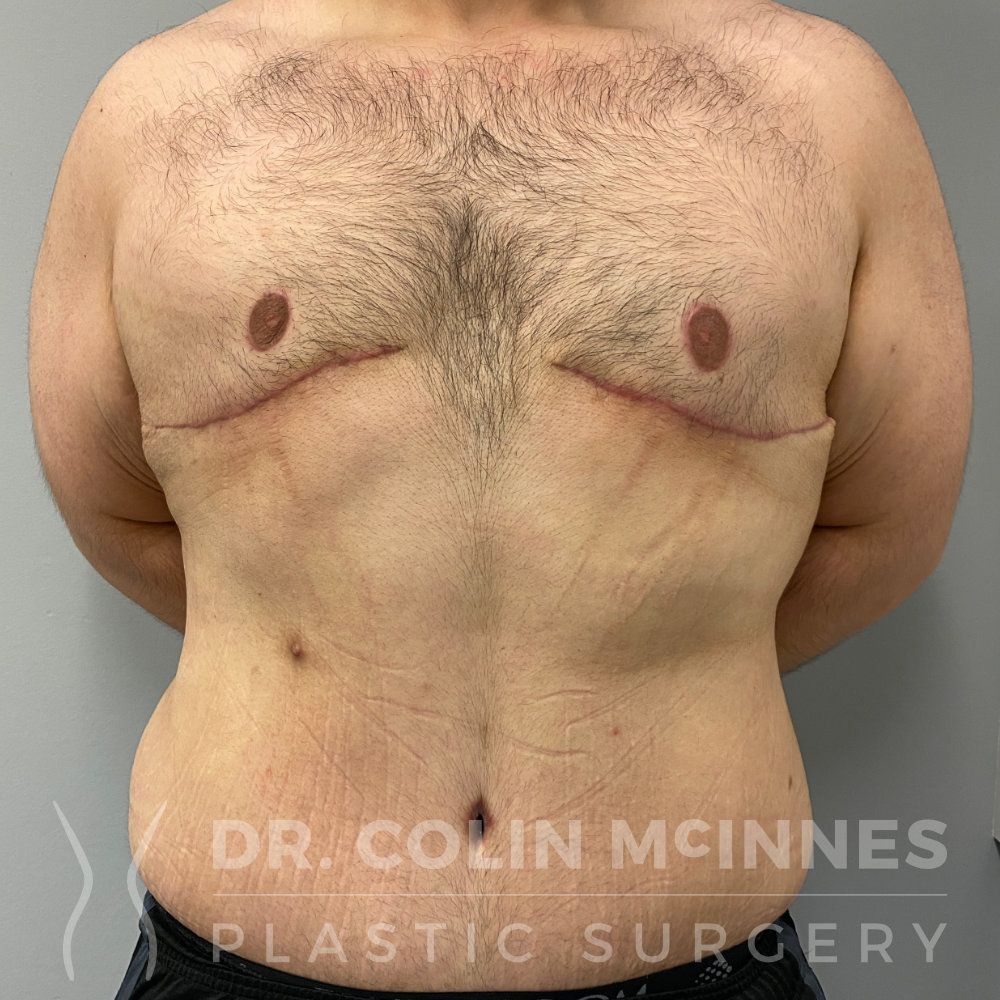
Breast reduction, abdominoplasty & liposuction
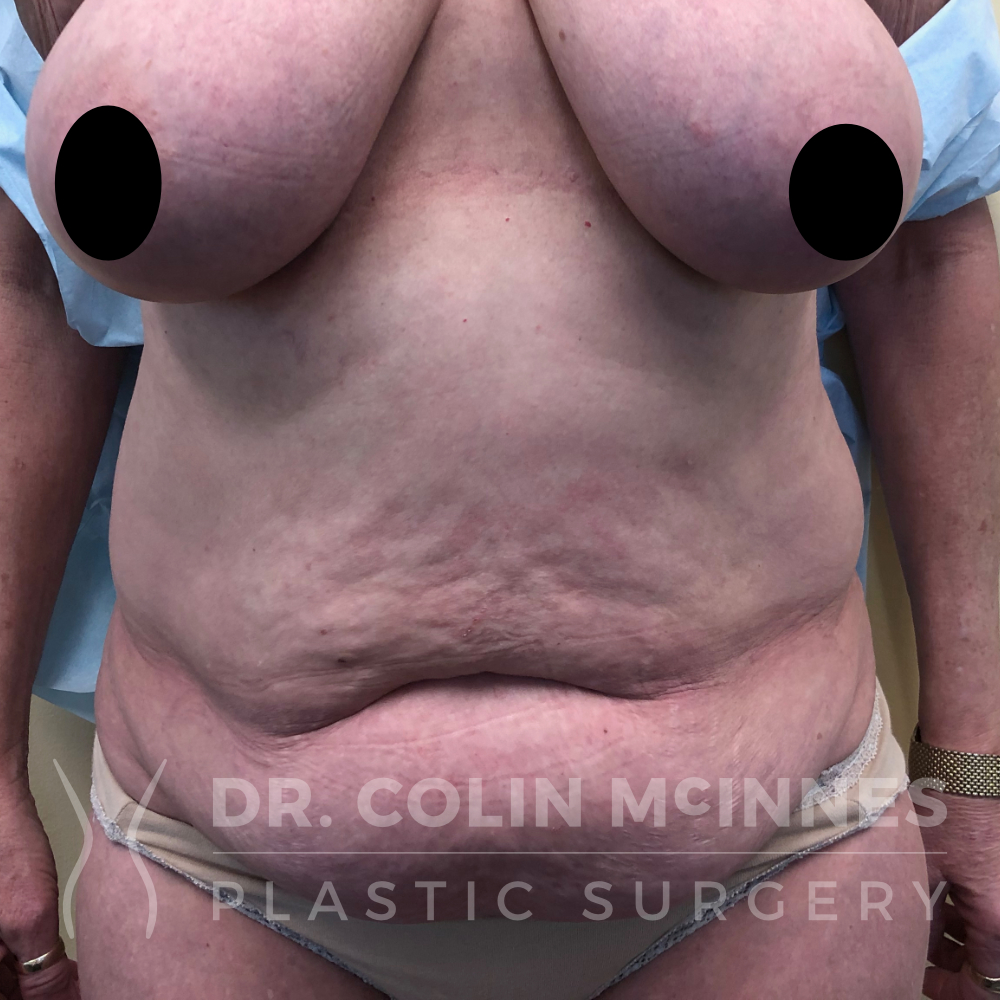

Neck & Jawline Liposuction
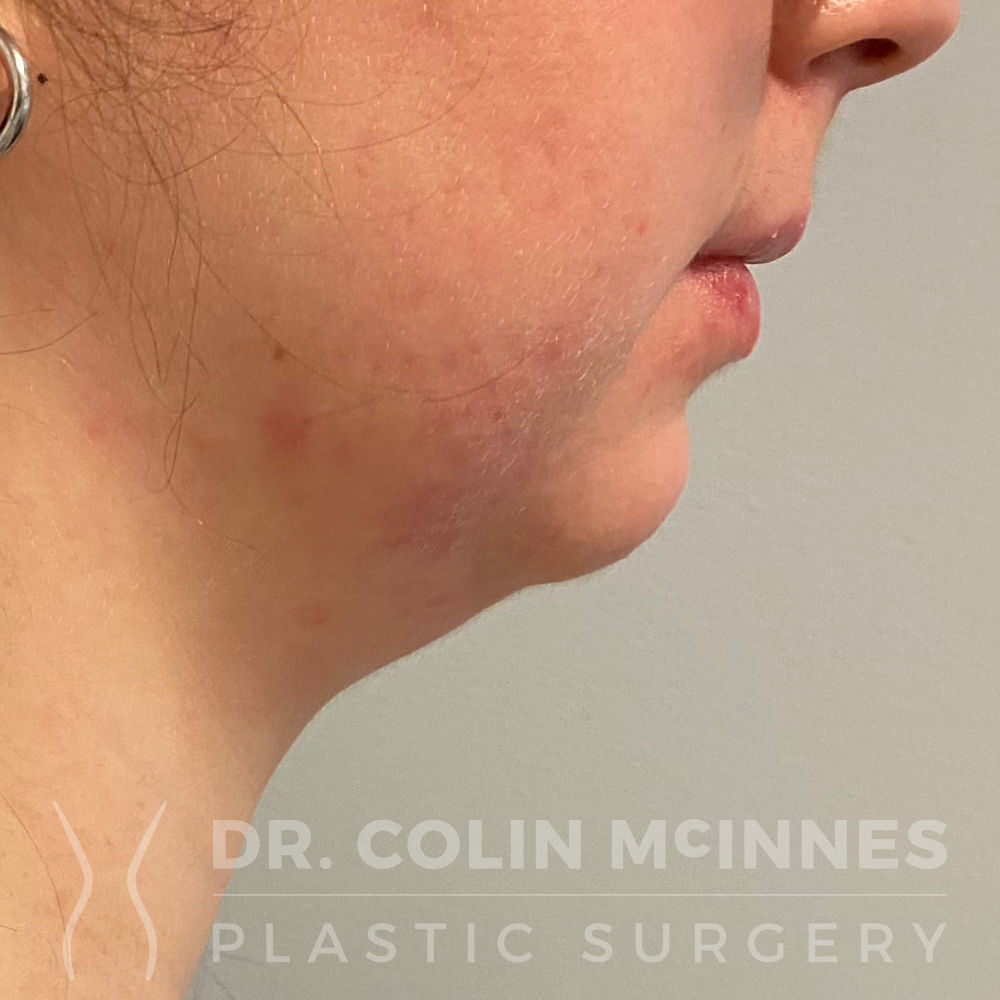
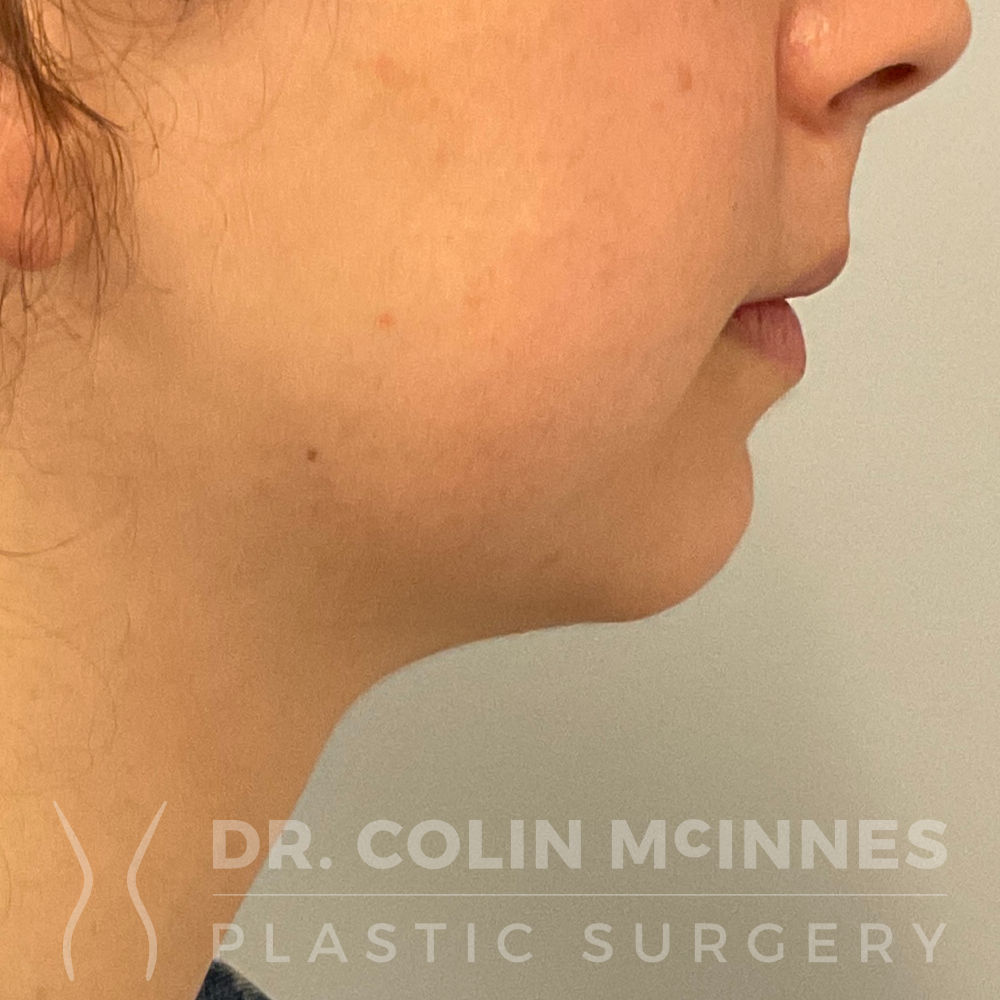
Neck & Jawline Liposuction

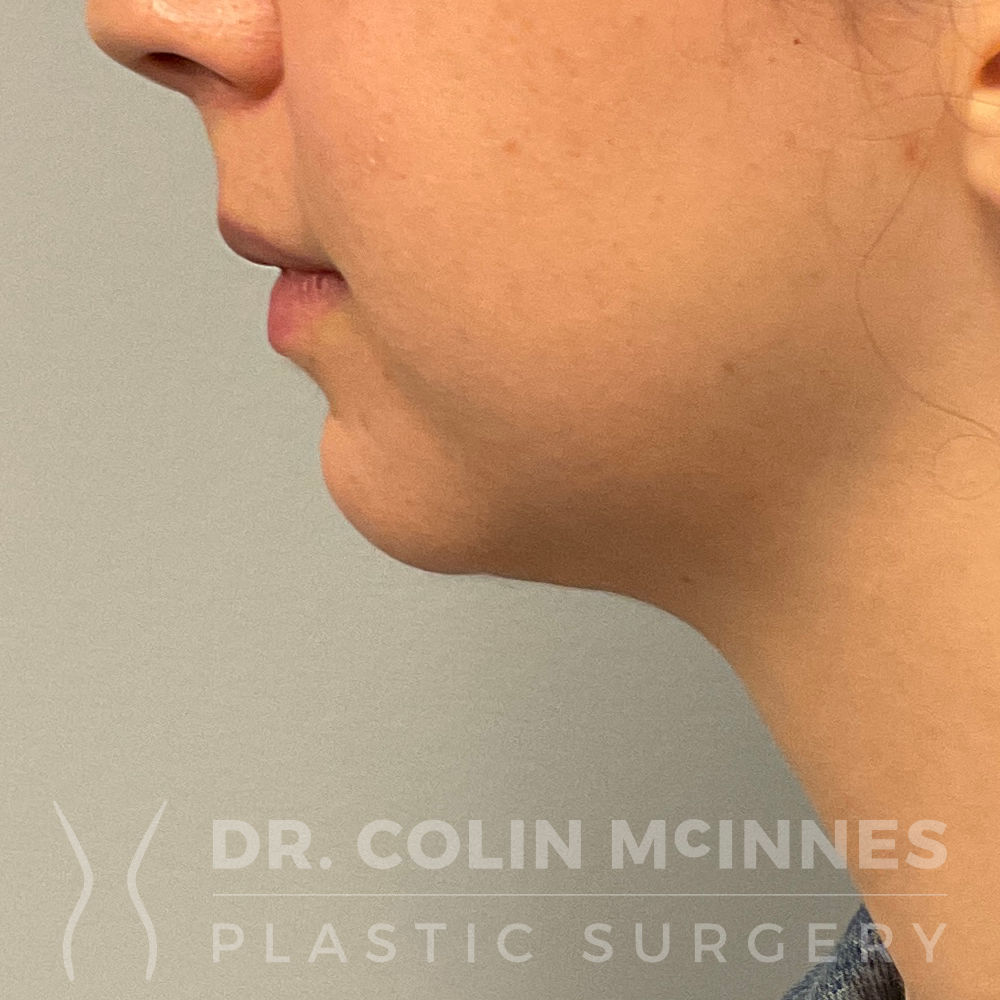
Neck & Jawline Liposuction


Neck Liposuction
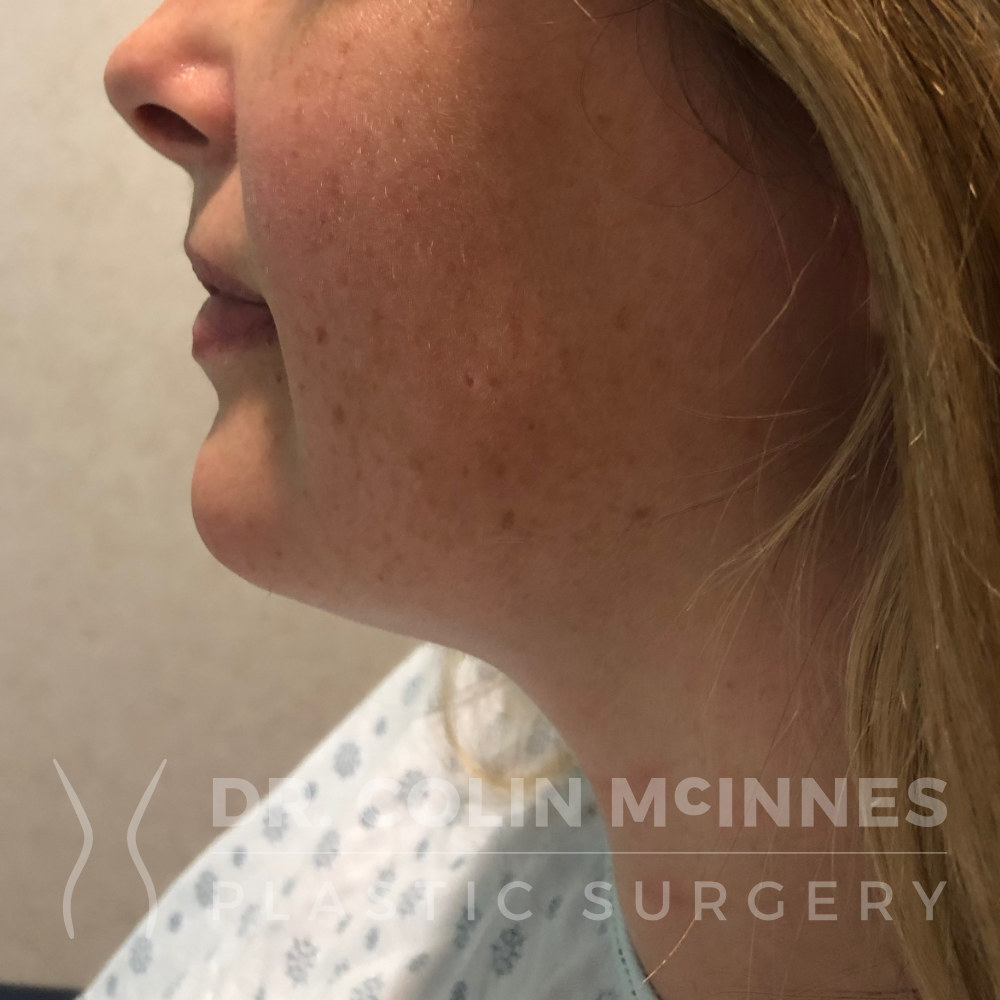
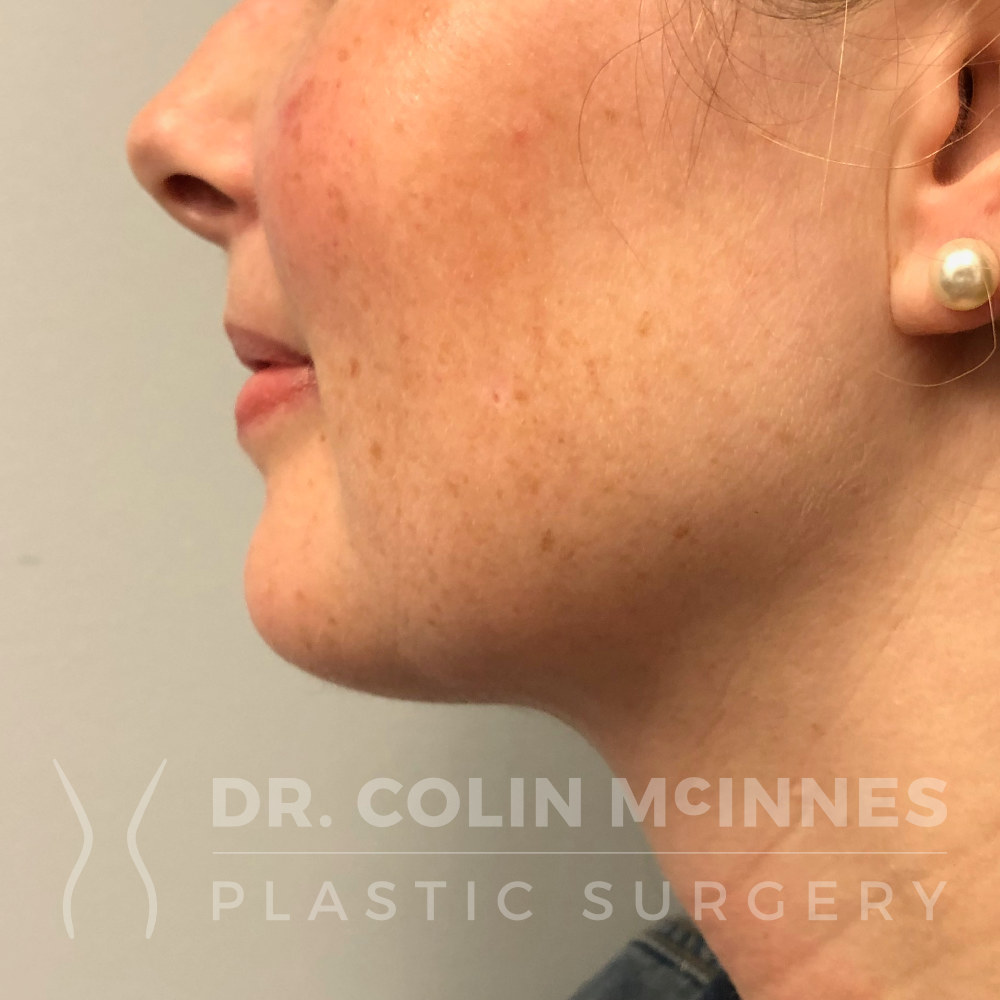
Submental Neck Liposuction

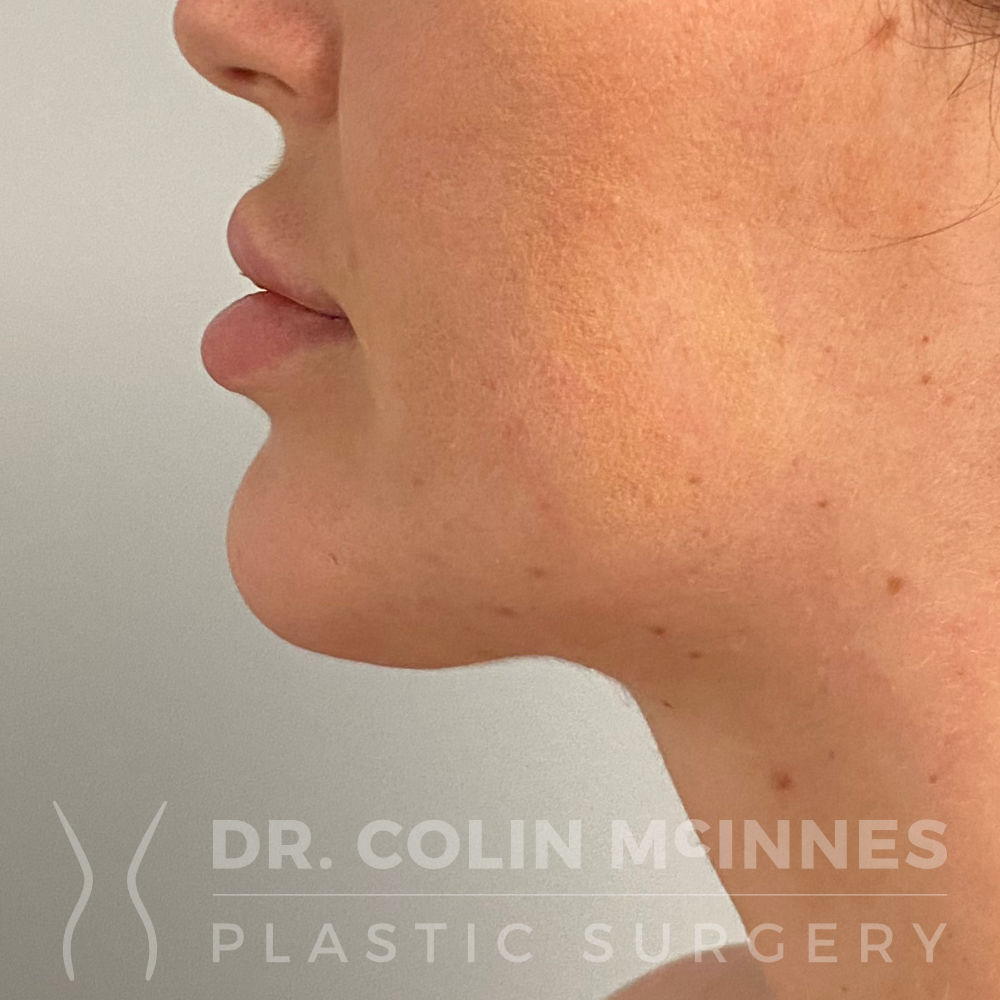
Ultrasound-Guided BBL + Lipo360
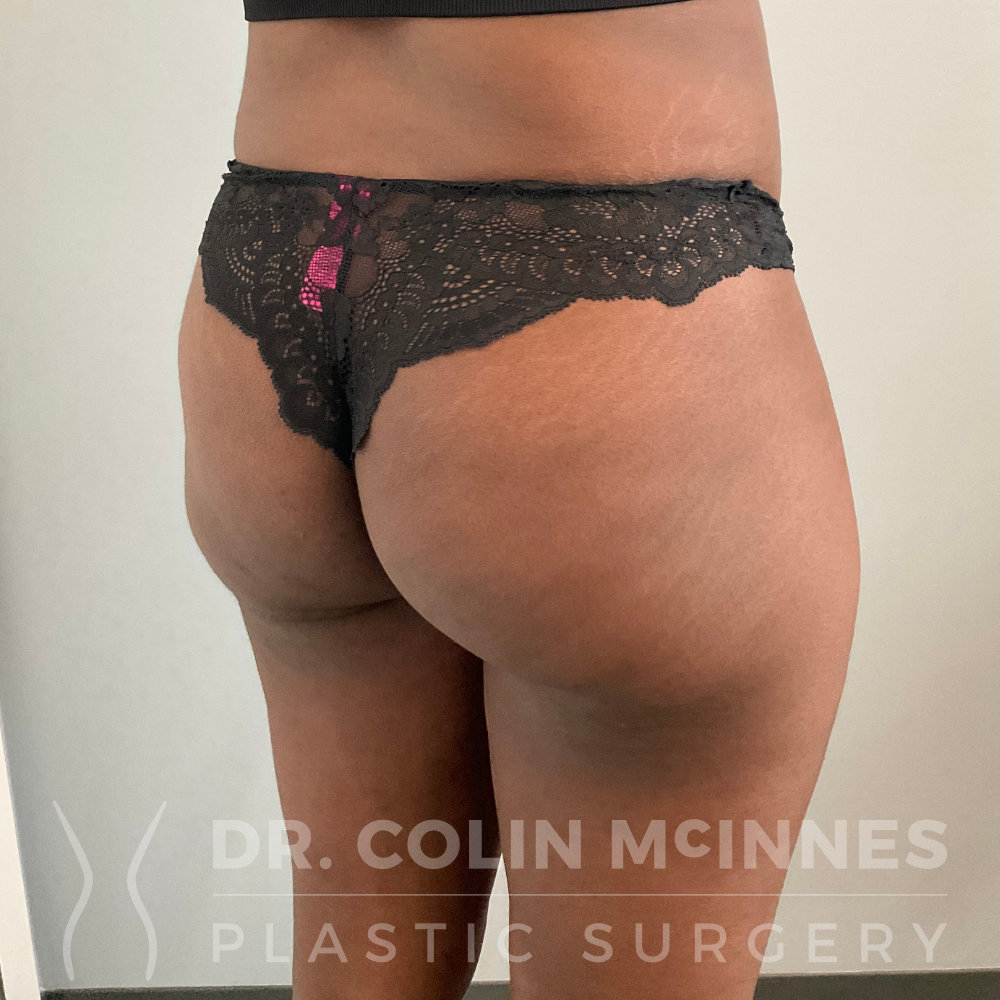
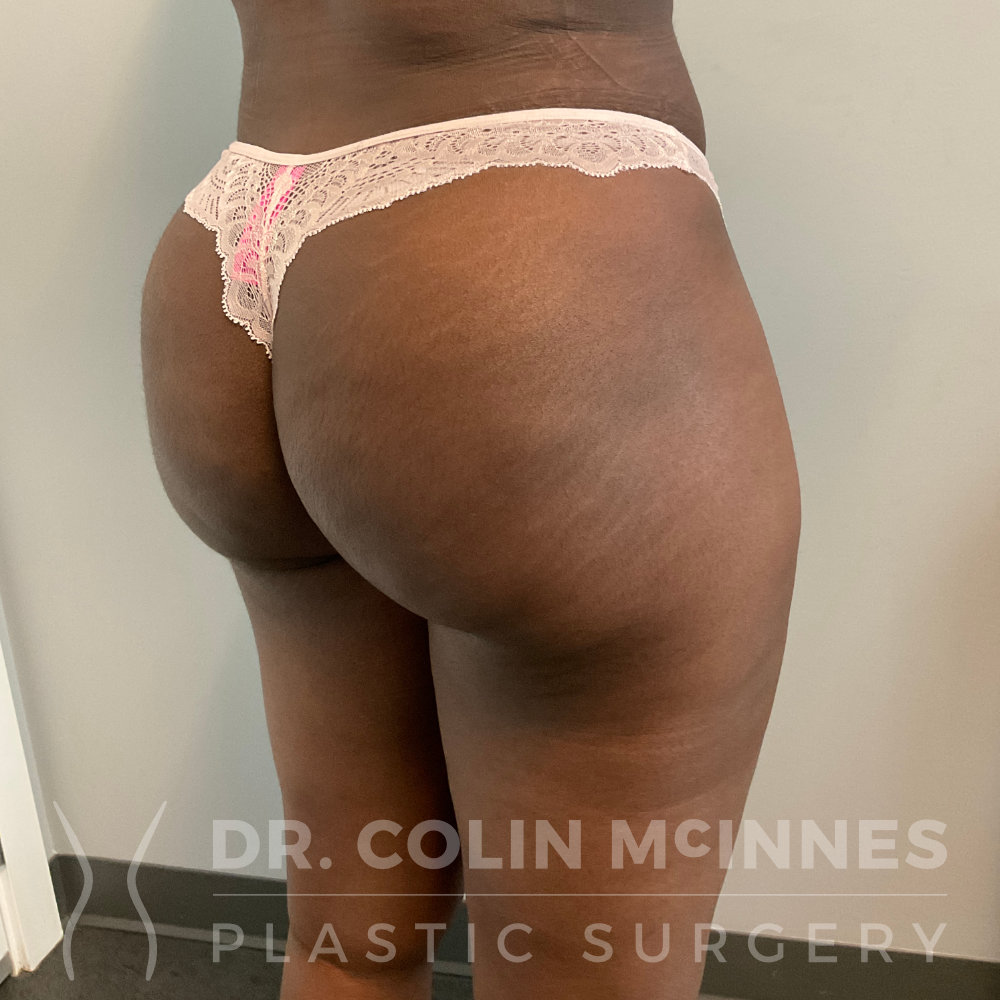
Ultrasound-Guided BBL + Lipo360

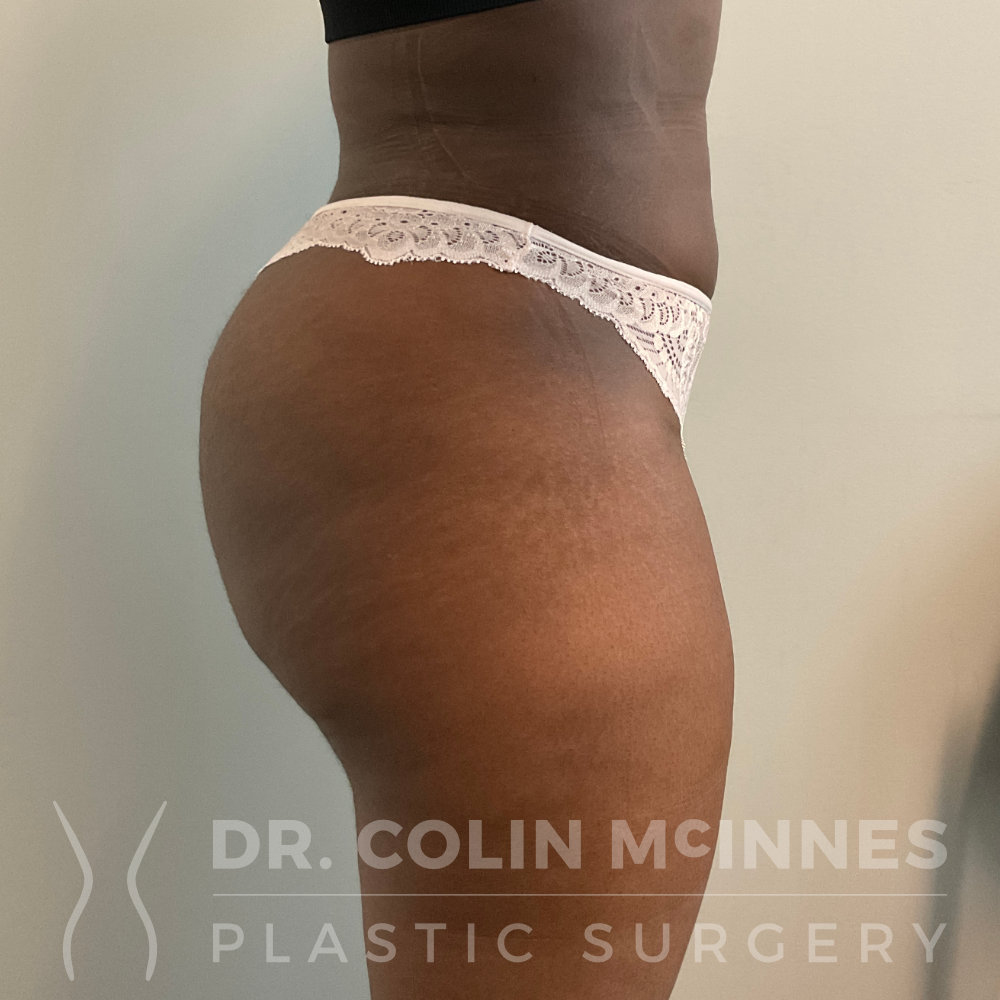
Ultrasound-Guided BBL + Lipo360
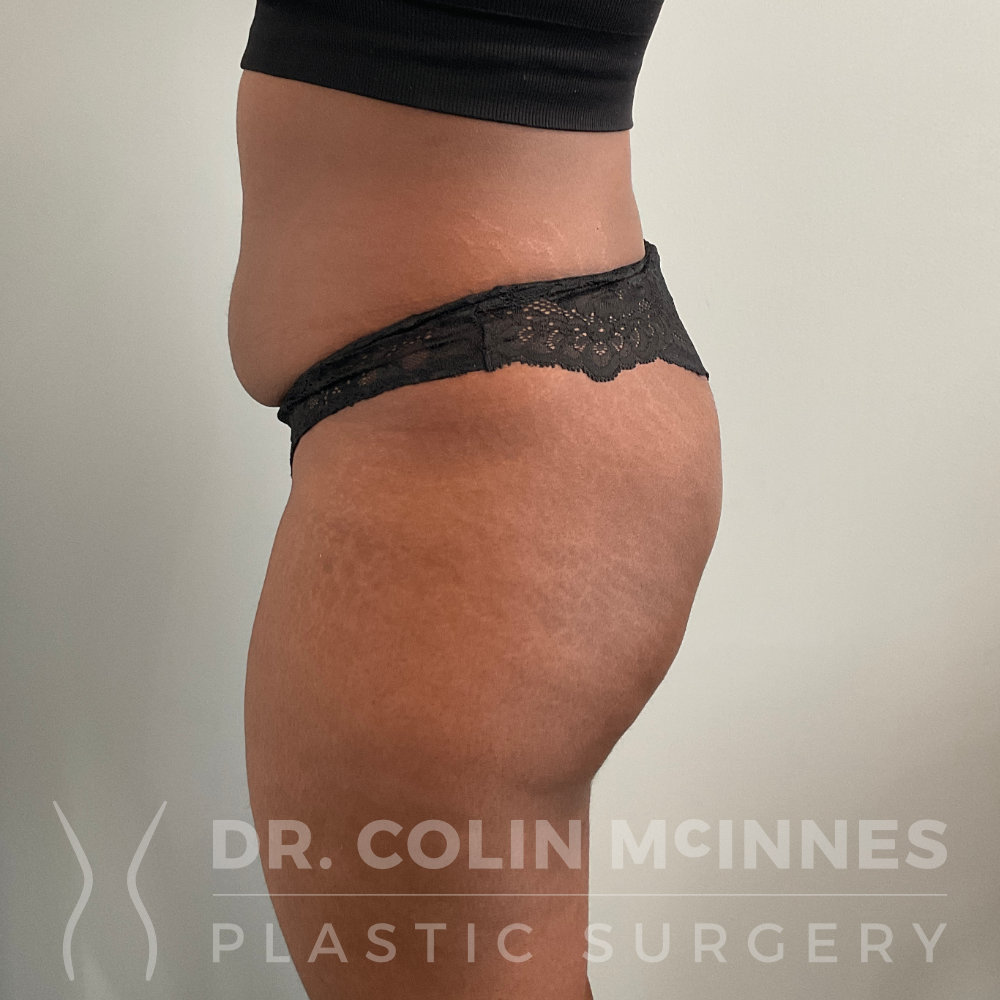
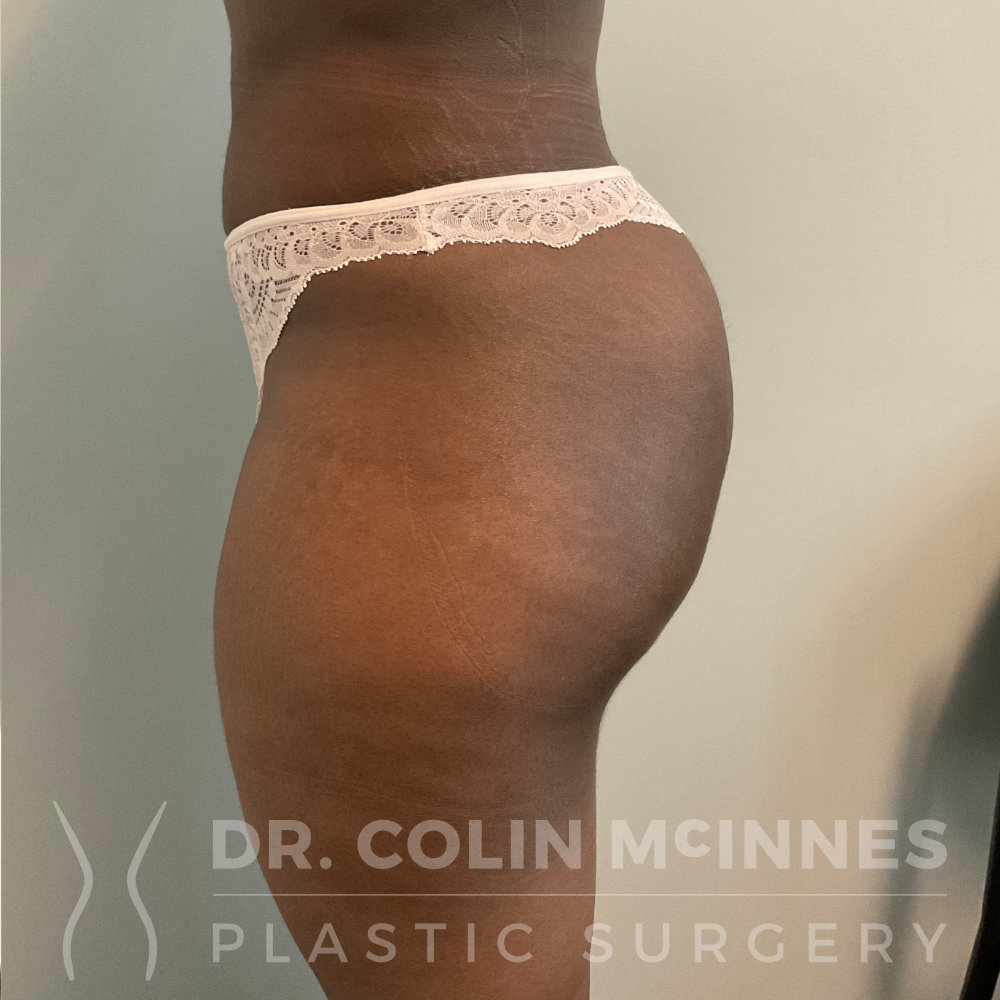
Ultrasound-Guided BBL + Lipo360
